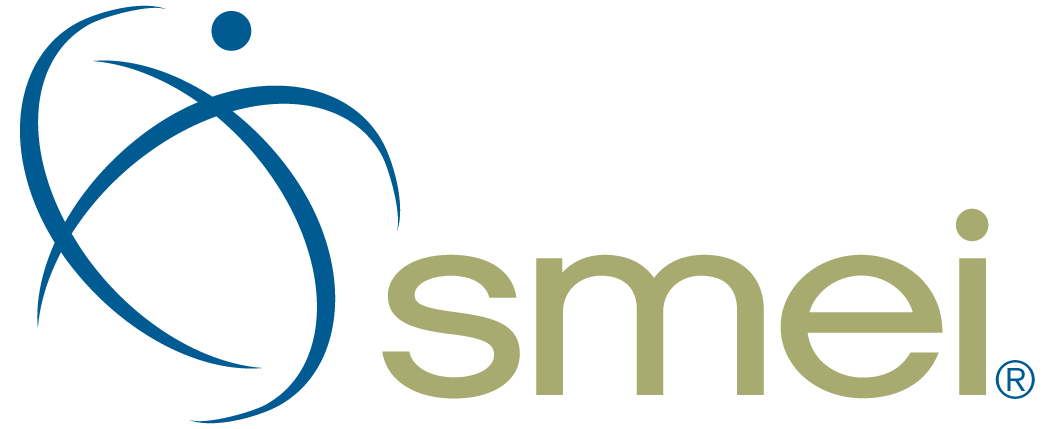Save a Seat at Your Brand Development Table for One More Attendee
Brainstorming ideas for a new company name requires a room full of creative people, but you should consider saving a seat for one more participant – the trademark attorney.
Speaking at the June Knowledge Session sponsored by the Baltimore/Washington chapter of SMEI, Craig K. Morris, managing attorney for trademark outreach at the U.S. Patent and Trademark Office, suggested that insights from an attorney could save a lot of time and expense in the long run.
“We need to remember that yes, this is a creative process, but it is also a legal process,” said Morris, who recently embarked on an awareness campaign on behalf of the USPTO to help companies understand the process and where to turn for help and information.
“You need to make sure that not only is your mark legally protectable, but that it’s also register-able and not infringing on someone else’s mark,” he said.
Begin with a search – is the mark (a word, phrase, symbol or design) already registered? Is the mark similar? Is there a likelihood of confusion? Are the goods and services related?
The USPTO website, www.uspto.gov, has instructional videos, fact sheets, FAQs and more, including the search system TESS (Trademark Electronic Search System) to view what has been registered in a company or client’s category.
Morris joined brand strategy and design expert Wendy Baird, principal and president, Insight180, Ellicott City, Md., who kicked off the session hosted by Meli Patisserie & Bistro with a review of the name development and creative process.
Reflecting your vision, mission and values is important and can often be performed in-house, but when it comes to the name development process it usually helps to have an outside, expert perspective.
“Just be real and don’t try to be somebody else,” Baird said. “You need to come up with the company ‘story’ – are you frolicky and fun or are you professional and reserved? There are certain things you need to look at in order to tell your story, and everything has to come together through your name, your website, your logo and all of the pieces that tell your story.”
Avoid clichés and stay away from the over-used graphic elements such as the map, globe or compass. “Be different and inspiring, or at least invoke curiosity,” she said.
Baird’s team at Insight180 will begin by looking at the industry and what’s already out there. There will be some awful names, so you’ll know what to avoid, and there are some that might inspire you and get the creative juices flowing.
Have people come up with names individually first and bring their names to get the brainstorming started and ensure group dynamics don’t hinder the sharing of good ideas.
Other guidelines and do’s and don’ts for choosing a name: Be different. Be brief (three syllables or fewer); make sure it’s easy to spell, especially for a “made up” name such as Exxon or Google; make it satisfying to pronounce; avoid general words that don’t stand out in a sentence; and don’t be so descriptive that it sounds generic. Avoid acronyms, which ultimately tend to weaken a brand name.
In the end, the name selected should be suitable for “brand play,” leading to a brand idea, messaging and story that back up the name.
Finally, go to domain registration site like Network Solutions to check on availability of the name as a URL and, of course, consult with your trademark attorney and the USPTO before you go too far with your ideas.
Insight180 regularly posts tips on positioning, brand strategy and design for advisory businesses and nonprofits on their website www.insight180.com, helping clients to discover their brands, define what’s different and communicate why it matters.



